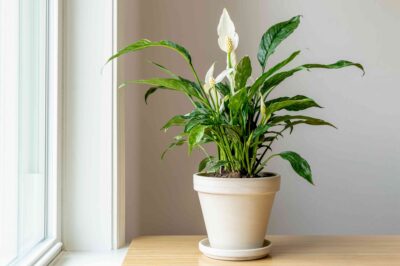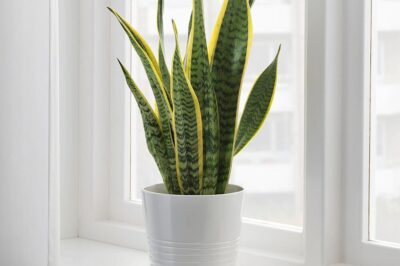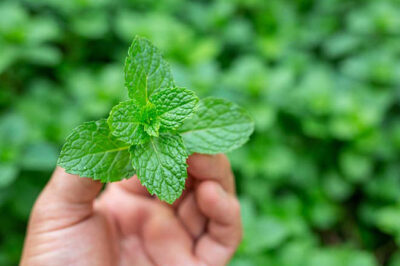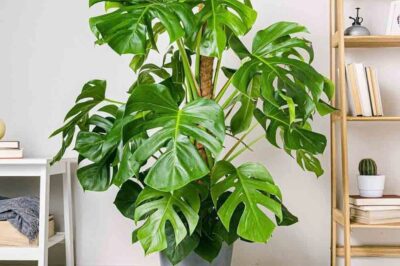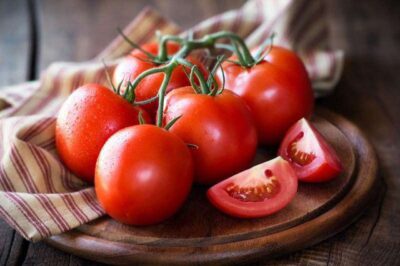Want to grow fresh basil at home? Learn the best tips for growing basil indoors or outdoors, including soil, watering, sunlight, and harvesting methods.
Basil is one of the most popular culinary herbs, loved for its fragrant aroma and versatility in cooking. Whether you’re making pesto, garnishing pasta, or infusing water, having fresh basil at your fingertips is a game-changer. The good news? It’s incredibly easy to grow at home, even for beginners. In this article, you’ll learn exactly how to grow basil at home—in pots, garden beds, or even on a windowsill.
1. Choosing the Right Basil Variety
There are several types of basil, but the most popular ones for home gardeners include:
Sweet Basil – Classic flavor, perfect for Italian dishes and pesto.
Thai Basil – Spicy and licorice-like, great for Asian cuisine.
Purple Basil – Beautiful color and slightly spicy flavor.
Lemon Basil – Light citrus aroma, ideal for teas and salads.
2. How to Plant Basil
From Seeds:
Start indoors 4–6 weeks before the last frost date.
Use seed-starting mix and plant seeds ¼ inch deep.
Keep soil moist and warm (70°F/21°C).
Seeds usually germinate in 5–10 days.
From Cuttings:
Cut a 4–6 inch stem below a leaf node.
Place it in water until roots grow (about 7–10 days).
Transplant into soil once roots are 2 inches long.
3. Best Soil and Pot Conditions
Soil – Rich, well-draining soil with lots of organic matter.
pH – Between 6.0 and 7.5.
Use containers with drainage holes if planting in pots.
4. Sunlight and Temperature Needs
Basil loves the sun! It needs 6–8 hours of sunlight daily.
Ideal temperature: 70–90°F (21–32°C).
If growing indoors, place near a south-facing window or use grow lights.
5. Watering Tips
Keep the soil consistently moist but not soggy.
Water at the base to avoid fungal diseases on leaves.
In hot weather, water basil every 1–2 days.
6. Pruning and Harvesting
Start pruning when the plant has 6–8 leaves.
Always trim above a leaf node to encourage bushier growth.
Harvest leaves early in the morning for best flavor.
Regular pruning prevents the plant from flowering too early.
7. Common Problems and Solutions
Yellow Leaves – Usually caused by overwatering or poor drainage.
Aphids or Spider Mites – Spray with neem oil or use soapy water.
Bolting (flowering early) – Trim flower buds as soon as they appear.
8. Storing Basil
Short-term: Keep fresh stems in a glass of water at room temperature.
Long-term: Dry or freeze leaves, or blend with olive oil to make pesto and freeze in cubes.
Conclusion
Growing basil at home is a simple and satisfying way to have a constant supply of fresh herbs. Whether you grow it indoors or outdoors, from seed or cutting, basil rewards you with fast growth and abundant flavor. With just a little care, you’ll enjoy vibrant green leaves for months to come!
News
Unlock the Secret to Growing a Thriving ZZ Plant
The ZZ Plant (Zamioculcas zamiifolia), with its glossy, upright leaves, is a nearly indestructible houseplant that’s perfect for beginners and…
How to Grow Peace Lily: A Complete Care Guide
The Peace Lily (Spathiphyllum) is a beloved houseplant known for its elegant white blooms and lush green foliage. Its air-purifying…
How to Grow Snake Plant: The Ultimate Care Guide
Snake Plant, or Sansevieria, is a tough, low-maintenance houseplant known for its long, upright, sword-like leaves. With its striking green…
How to Grow Mint at Home: A Complete Beginner’s Guide
Discover how to grow mint at home in pots or gardens. This easy guide covers planting, care, and harvesting tips…
How to Grow Monstera Deliciosa: A Complete Care Guide
Monstera Deliciosa, often called the Swiss Cheese Plant, is a tropical beauty known for its large, heart-shaped leaves with unique…
How to Grow Tomatoes at Home: Easy Guide for Juicy, Healthy Tomatoes
Want to grow tomatoes at home? Learn how to plant, care for, and harvest juicy tomatoes with this step-by-step gardening…
End of content
No more pages to load


